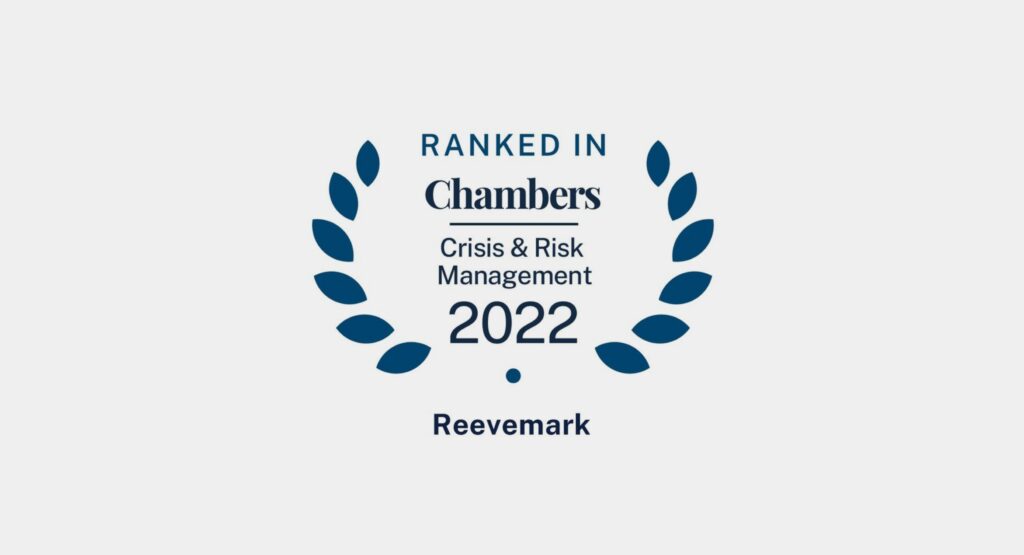Need to Downsize? The Dos and Don’ts of Communicating Layoffs
 2022 has been a difficult year for start-ups and legacy companies alike. Changing economic conditions and views around growth spending have resulted in layoffs at numerous companies – including Better.com, Carvana, Coinbase, Glossier, Netflix and Wells Fargo.
2022 has been a difficult year for start-ups and legacy companies alike. Changing economic conditions and views around growth spending have resulted in layoffs at numerous companies – including Better.com, Carvana, Coinbase, Glossier, Netflix and Wells Fargo.
Some degree of media coverage and impact on employee morale are inevitable, but companies can mitigate the reputational impact with a well-thought-out rollout and honest, transparent communications, prioritizing the needs of affected individuals.
1. Control the rollout: Establish and execute a well-thought-out plan.
Carefully setting a detailed cadence of communications that accounts for everything from the executive email and town hall down to calendar invites will convey a sense of order. Consider other factors such as time zones and how to give clarity to employees on whether they are impacted as quickly as possible – don’t keep them waiting for days. Also be sure to communicate when the downsizing has concluded – be reassuring but do not overpromise.
2. Own the narrative: Be clear, honest and decisive about the details.
Employees respect transparency and straightforward communications. Don’t leave room for people to wonder. Details about severance pay and benefits packages, the reasoning behind who was let go and any support that will be given to those laid off to help find their next jobs should be communicated alongside news of the layoffs.
Messaging must be consistent across all channels. Everyone authorized to speak on the layoff announcement must be armed with talking points and Q&A that are clear on the facts and align with other written communications. There is no room to deviate from approved materials or speculate.
3. Lead from the top: Executive leadership must be the face of the layoff announcement.
Visibility and communication from executive leadership is necessary to convey that the company is handling a serious situation with the appropriate level of gravitas. Remember, this is difficult news for many and unsettling, at best, for most. The employees who remain want to be reassured that they still work for a great company with future prospects and trusted talent at the top. An impersonal announcement (e.g., pre-recorded videos), or the appearance that management is sloughing off responsibility and the burden of delivering difficult news reflects poorly on the entire organization.
4. Incorporate familiar faces: Impacted employees should receive the news from someone they know and trust.
If possible, trusted individuals – such as an employee’s manager or direct HR representative – should be involved in delivering the news to provide a sense of familiarity and comfort to impacted employees.
5. Communicate to external stakeholders: Hearing directly from the company quells concerns.
Depending on the scope of the layoff announcement, investors and other stakeholders (e.g., suppliers, customers, elected officials) may need to receive a communication from the company that contextualizes and accurately portrays the rationale for the company downsizing. Providing external parties with complete information is reassuring and reduces the likelihood they will draw incorrect conclusions.
6. Anticipate media interest: Bad news sells, and corporate layoffs are no exception.
Executives should expect that reporters – whether national, local, or trade – may write. Oftentimes, reporters will use social media to contact impacted or remaining employees for the inside scoop. While you cannot control what is written, or stop an employee from speaking their mind, steps can be taken to help achieve a factual article that is neutral in tone. Encourage employees to follow the company’s media policy, and make sure you have an external spokesperson who is armed with an on-the-record statement, talking points and Q&A.
7. Review the corporate calendar: Reconsider activities that may be considered out of touch.
After downsizing, companies face heightened scrutiny. To avoid unnecessary criticisms and another negative news cycle, carefully review the corporate calendar and evaluate whether moving forward with upcoming events (e.g., corporate events or parties) could be considered unnecessary or inconsistent with the messages delivered during the layoff announcement.
It is critical that decision makers are aware of all stakeholders and understand that unanswered questions can grow into an uncontrollable narrative that causes long-lasting damage to a company’s reputation and bottom-line.
Get in Touch
For more information about Reevemark or to inquire about a potential engagement, please send us an email.
Email Us